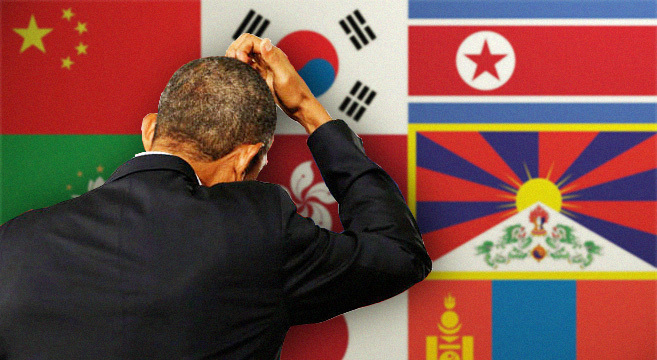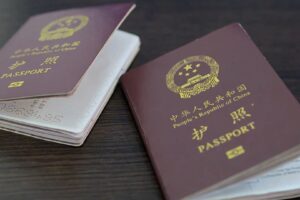Initially emerging in 2009, the Obama administration's "pivot to Asia" strategy was said to reflect growing consensus that a significant part of history in the 21st century would be "written in the Asia-Pacific region."
To take advantage of the growth and activity forecasted to take place there, Washington declared that the U.S. would build extensive diplomatic, economic, developmental and, crucially, security ties with countries in the region. Coming after almost two decades of testing foreign policy hurdles in the Middle East, the rebalance of focus eastward was timed to coincide with a pullout of Iraq and reduction in military spending.
Initially emerging in 2009, the Obama administration's "pivot to Asia" strategy was said to reflect growing consensus that a significant part of history in the 21st century would be "written in the Asia-Pacific region."
To take advantage of the growth and activity forecasted to take place there, Washington declared that the U.S. would build extensive diplomatic, economic, developmental and, crucially, security ties with countries in the region. Coming after almost two decades of testing foreign policy hurdles in the Middle East, the rebalance of focus eastward was timed to coincide with a pullout of Iraq and reduction in military spending.
Try unlimited access
Only $1 for four weeks
-
Unlimited access to all of NK News: reporting, investigations, analysis
-
Year-one discount if you continue past $1 trial period
-
The NK News Daily Update, an email newsletter to keep you in the loop
-
Searchable archive of all content, photo galleries, special columns
-
Contact NK News reporters with tips or requests for reporting
Get unlimited access to all NK News content, including original reporting, investigations, and analyses by our team of DPRK experts.
Subscribe
now
All major cards accepted. No commitments – you can cancel any time.











